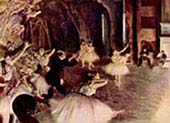Edgar Hilaire-Germain Degas
1834-1917 France/Impressionism
Click an Image to Enlarge
Combing the Hair
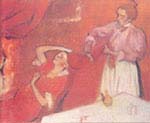
Absinthe

Longchamp

The Opera Orchestra

Two Dancers

The Bellilli Family
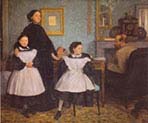
The Dancing Class

Woman Ironing
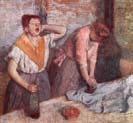
Mrs Abtrocknende

Young Woman
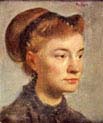
After the Bath

At the Races

Ballet Exam
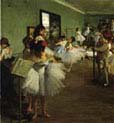
The Rehearsal
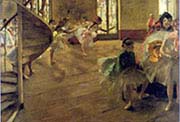
At the End

Ballet Rehearsal 1
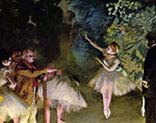
Ballet Rehearsal
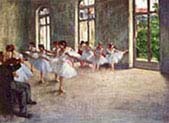
Place de la Concorde

The Interior

Ballet School
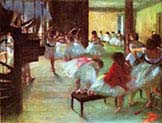
Beach at Low Tide

Race Horses
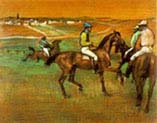
Coaches at the Race
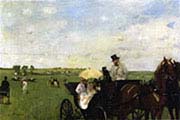
Count Lepic

Dance Hall
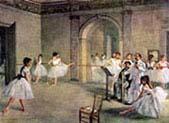
Front of the Mirror
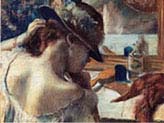
Dancers in Blue
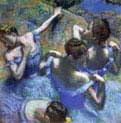
Dancers on the Rod

Diego Martelli

Dress Rehearsal
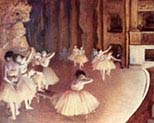
During the Dance

the Photographer

Henri Valpincon

Hand Study
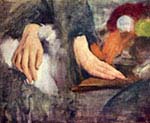
Prior to the Start

Hortense Valpincon

Hunting of Dance
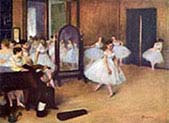
Ironing Woman

Kneeling Woman
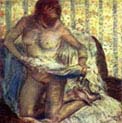
Lake and Mountains
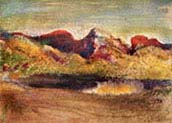
Landscape with Cliffs

The Tribunes

In the Theater

Girl is Combed
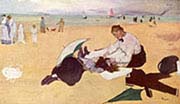
Louisiana

Rene de Gas

Mde Dobigny
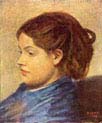
Men Riding
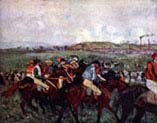
Miss Cassatt

Miss E Musson

Miss Lala

Mr and Ms Manet

Pedicure

Prior to the Start

Race Horses

At the Milliner

Racehorses Training

Riding

Young Spartans

Still Life with Lizard

The Ballet

The Collector

Song of the Dog

The Singer

The Star Rosita Mauri

Three Dancers

Two Washer Women
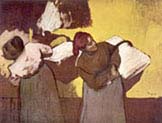
Waiting

Woman at Toilet
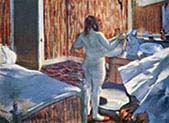
Woman at Toilet

Hair Combed

Bathtub

Umbrella

A Peasant Woman

Stage Rehearsal
